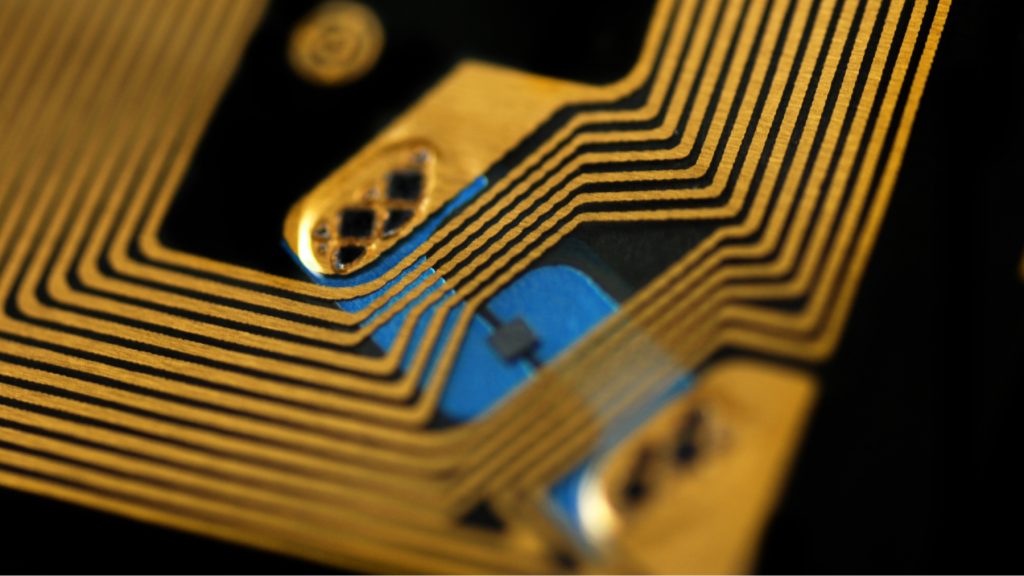
Researchers from Zhejiang University in Hangzhou, China, have created a wireless magnetic resonance coupling charging technology that can power electronic devices inside the human body without causing even 1% harm.
This technology transfers energy from an external device to an implant inside the body.
A 180-Degree Implant Shift
While the magnetic resonance coupling technology is still in development, it has been successfully tested with small animals and could revolutionize implant technology. By eliminating the need for batteries, this advancement greatly simplifies complications for patients, ultimately making their lives easier.
The most interesting and intriguing aspect of this charging technology is as follows:
- A coil within the implant receives energy from the external device and converts it to electricity.
- This electricity then powers the implant.
According to a paper published in the journal Science Advances by researchers from Lanzhou University, drug delivery systems could be integrated into various tissues and organs. This innovation could play a vital role in localized, on-demand drug delivery and therapy.
The power supply and storage device, created by a team of Chinese scientists, is both biodegradable and wireless.
Inserting Lives of Millions of People
Additionally, this technology could significantly impact the wearable electronics market. It allows wearables to be charged without removing the implant from the body. This has the potential to enhance the lives of millions by providing a safer and more efficient way to power medical implants and wearable devices, such as pacemakers, insulin pumps, neurostimulators, smartwatches, and fitness trackers.
Nothing Complete Yet
While there are biodegradable power supply units, they often can be used only once and lack sufficient power generation for biomedical applications, the paper notes. Additionally, power supply units connected to transdermal chargers could cause inflammation and complications, especially when linked to non-rechargeable batteries.
Therefore, achieving “simultaneously high energy storage performance and favored tissue interfacing properties” is the goal for researchers to bridge this gap.
However, congratulations are in order! You might just be on your way to becoming a real-life… robot-ish?
Inside Telecom provides you with an extensive list of content covering all aspects of the Tech industry. Keep an eye on our Medtech section to stay informed and updated with our daily articles.